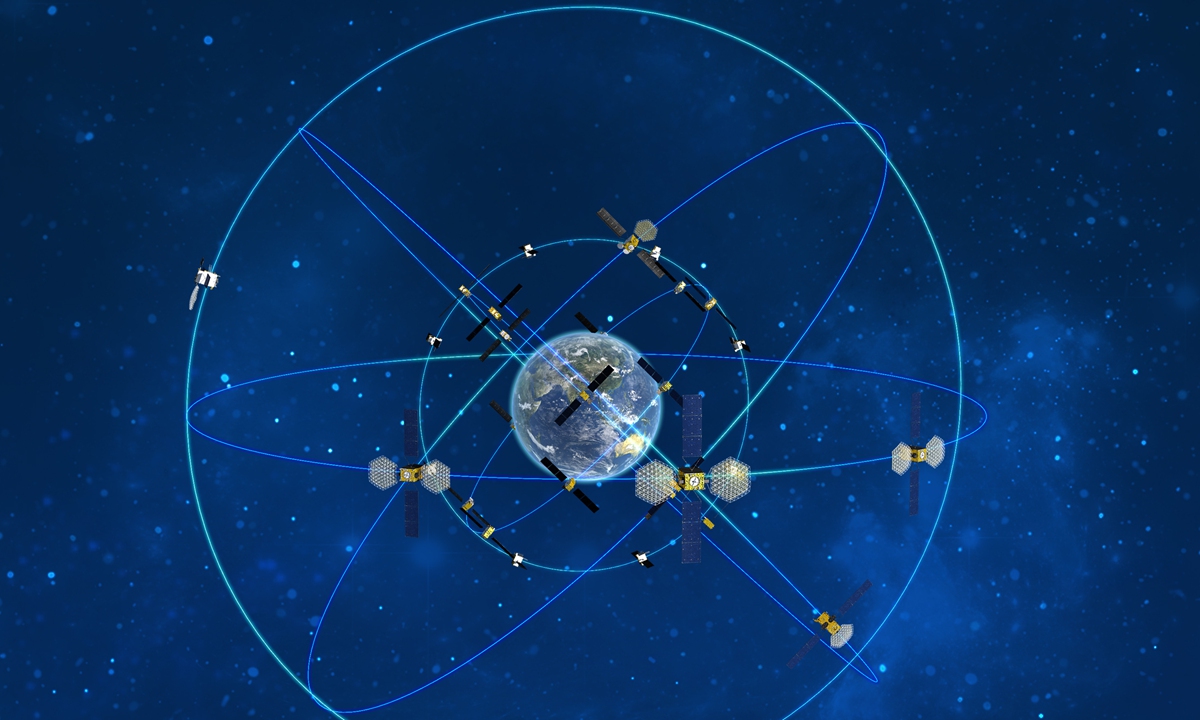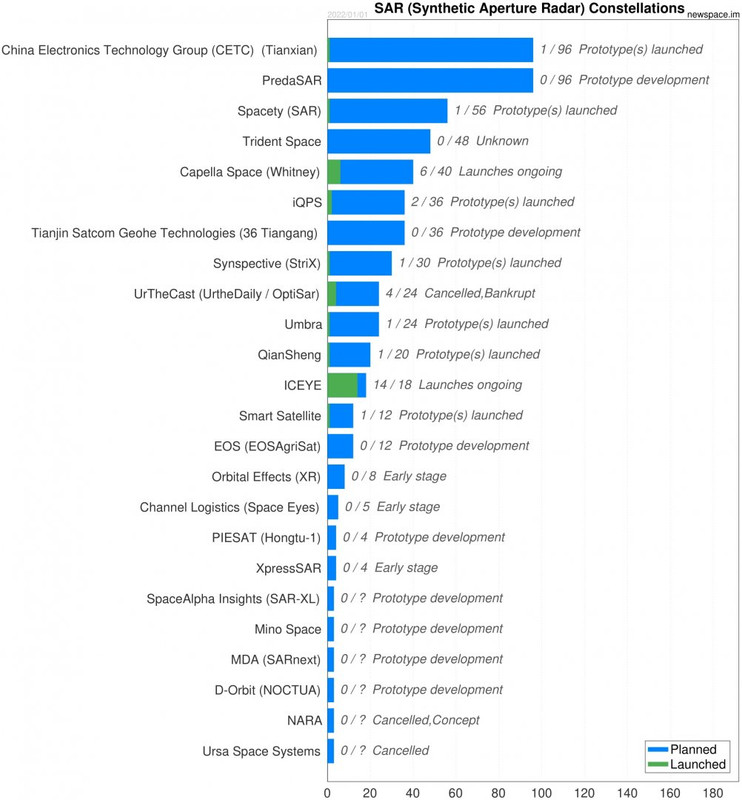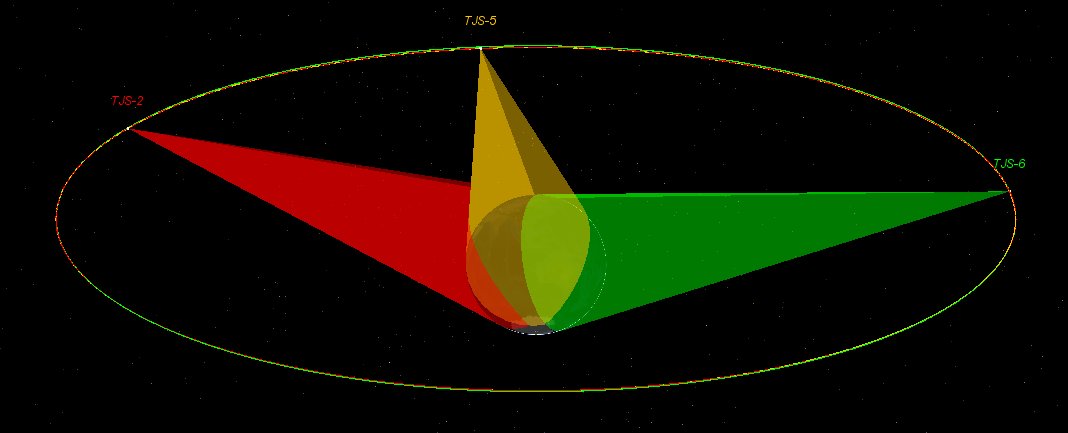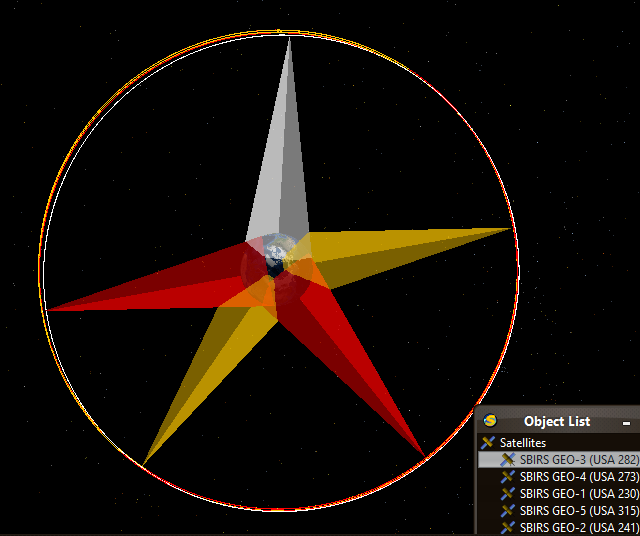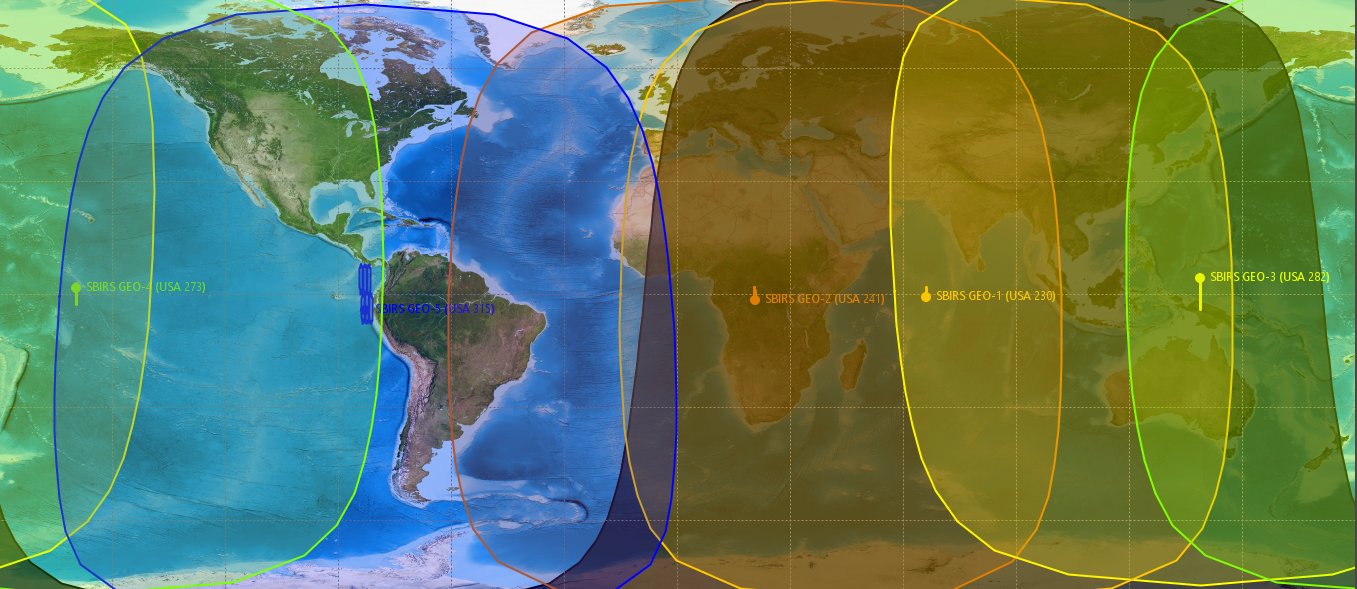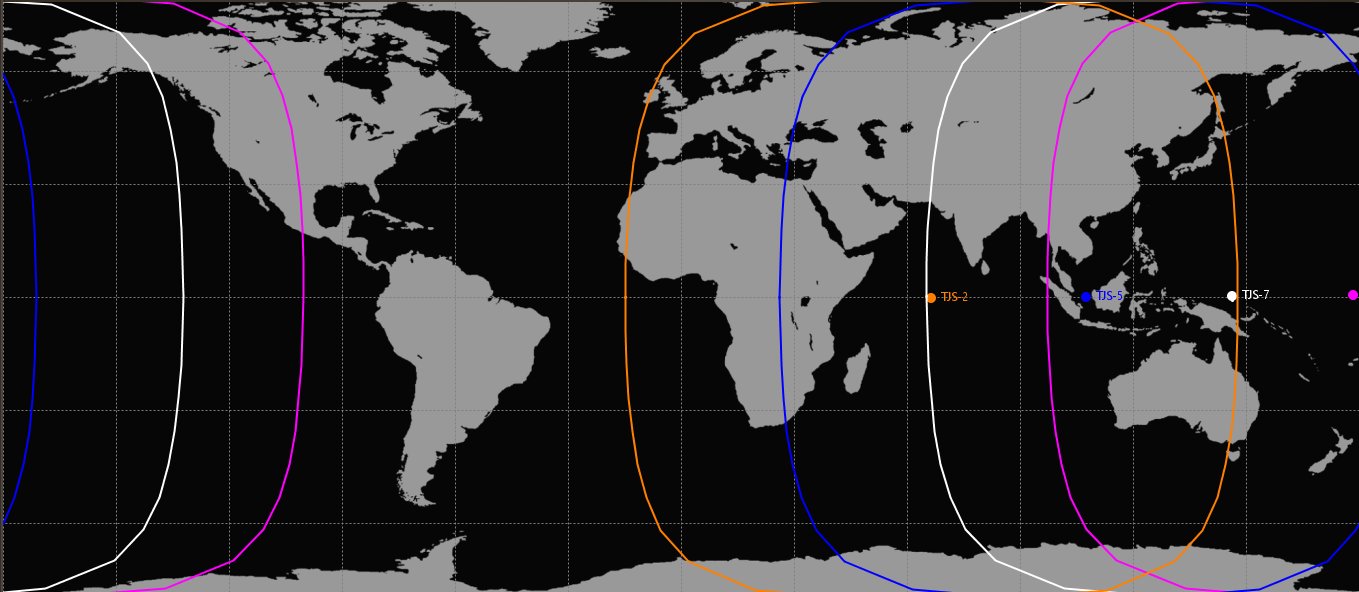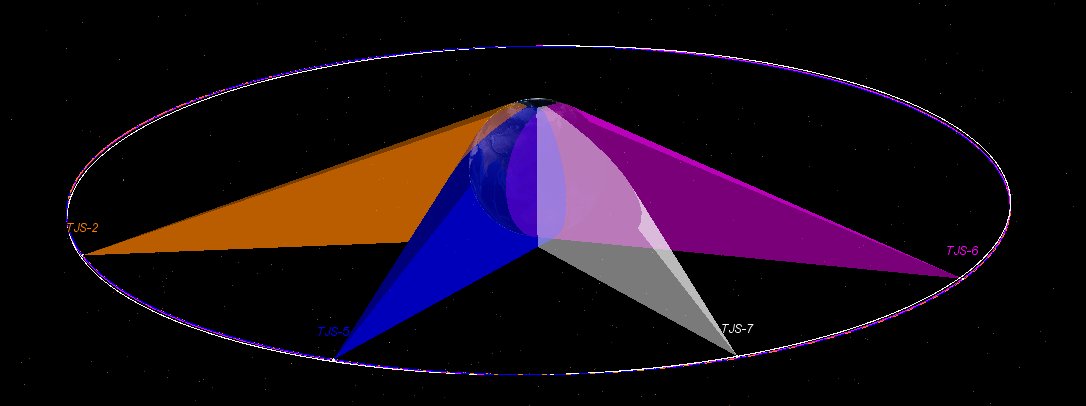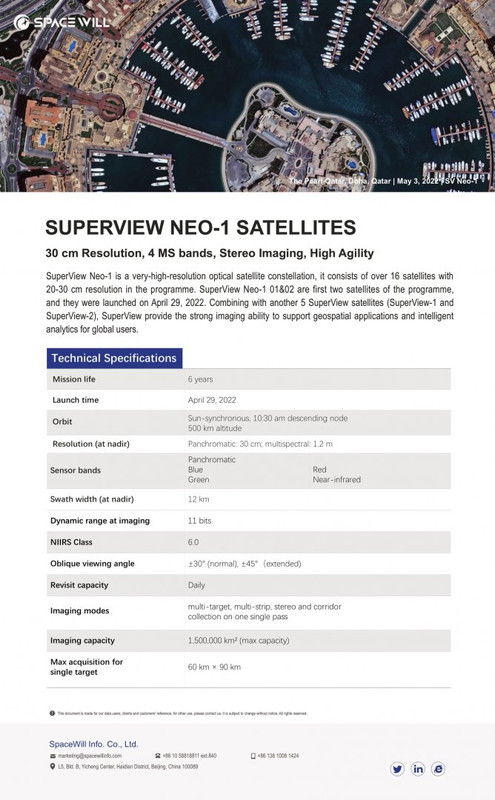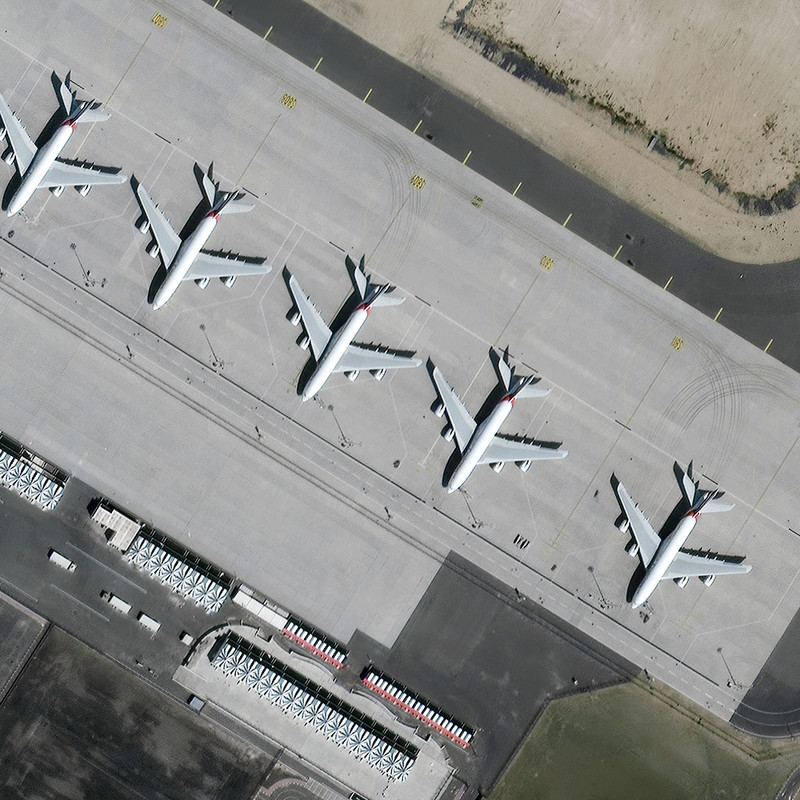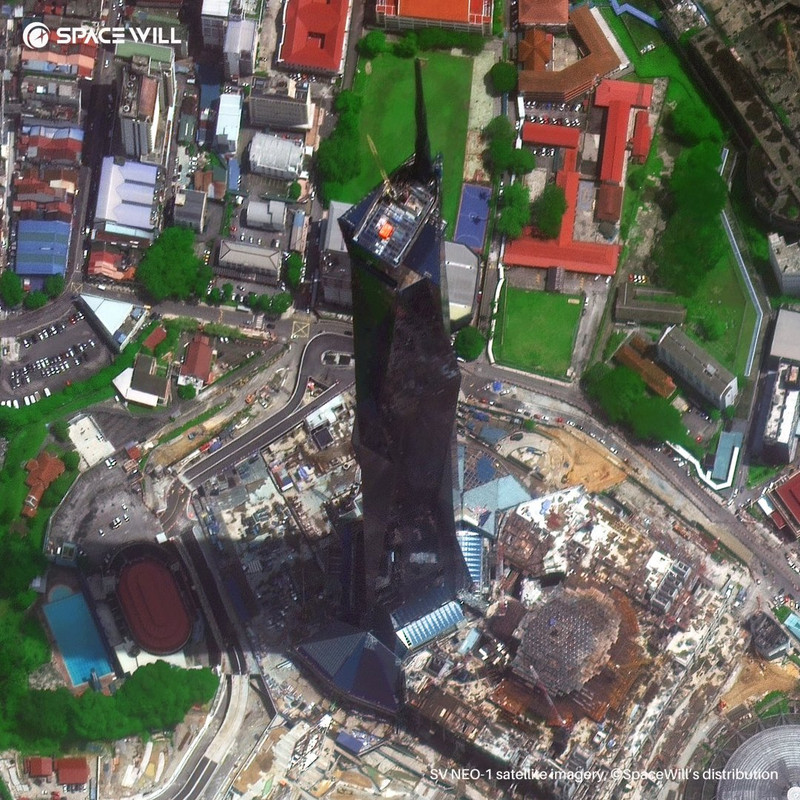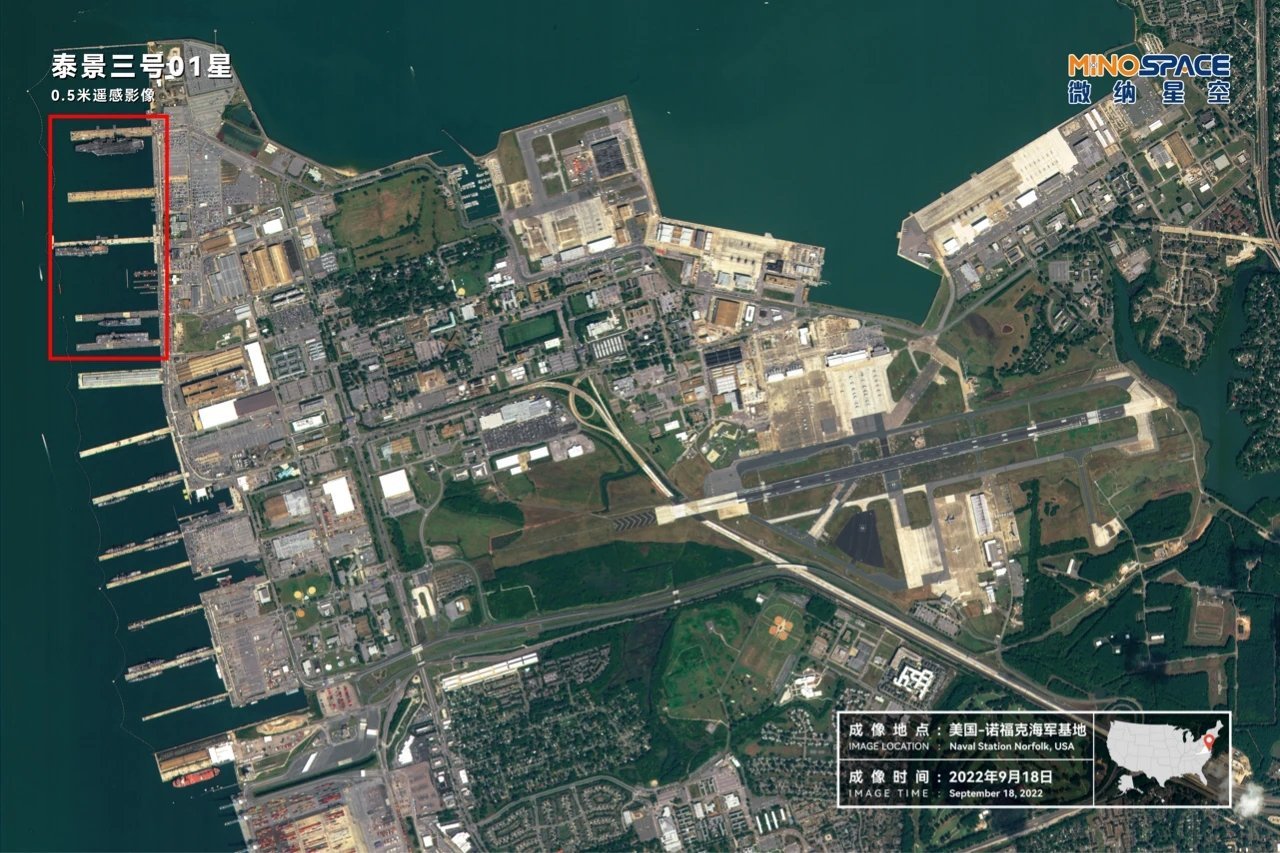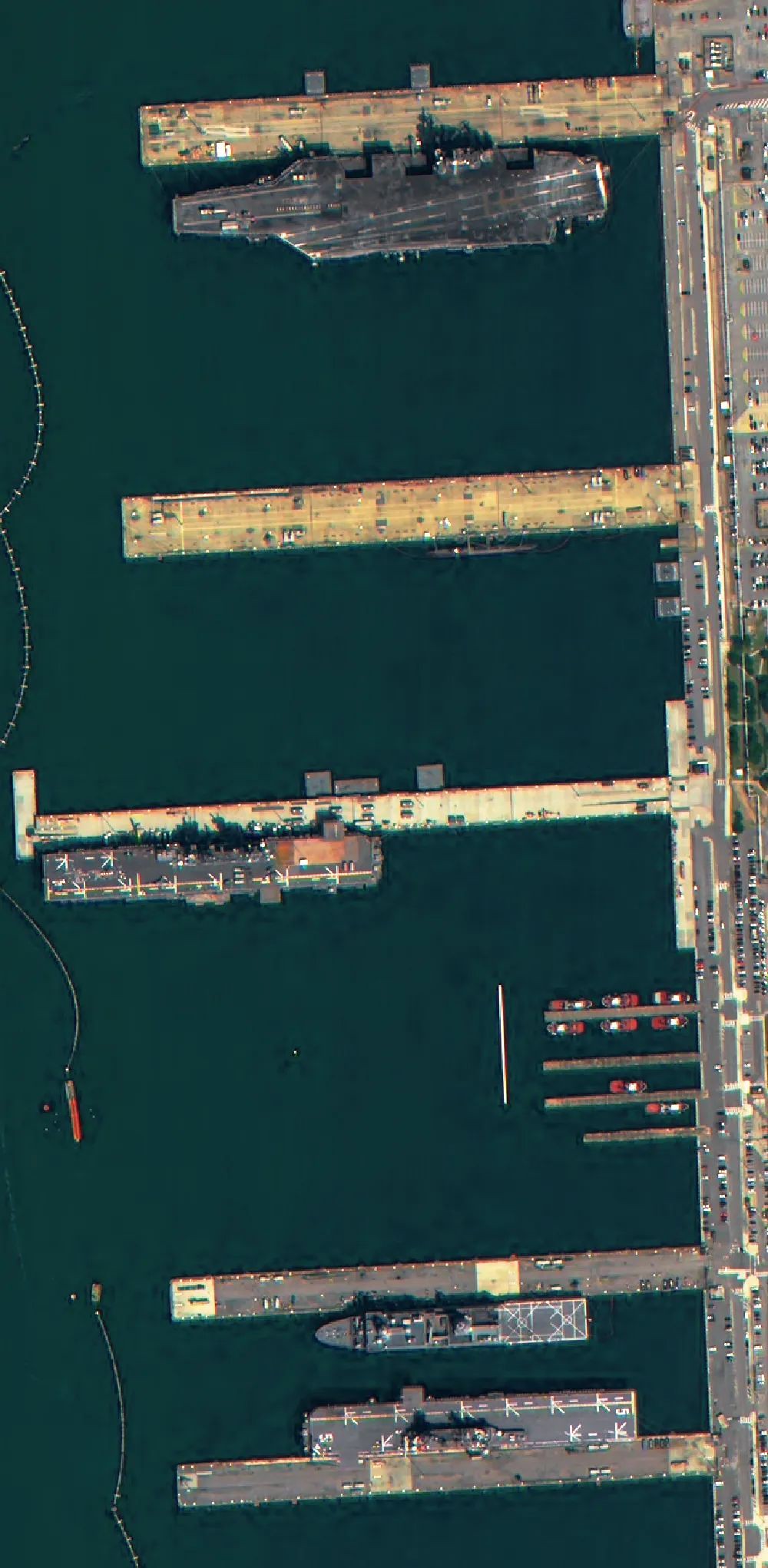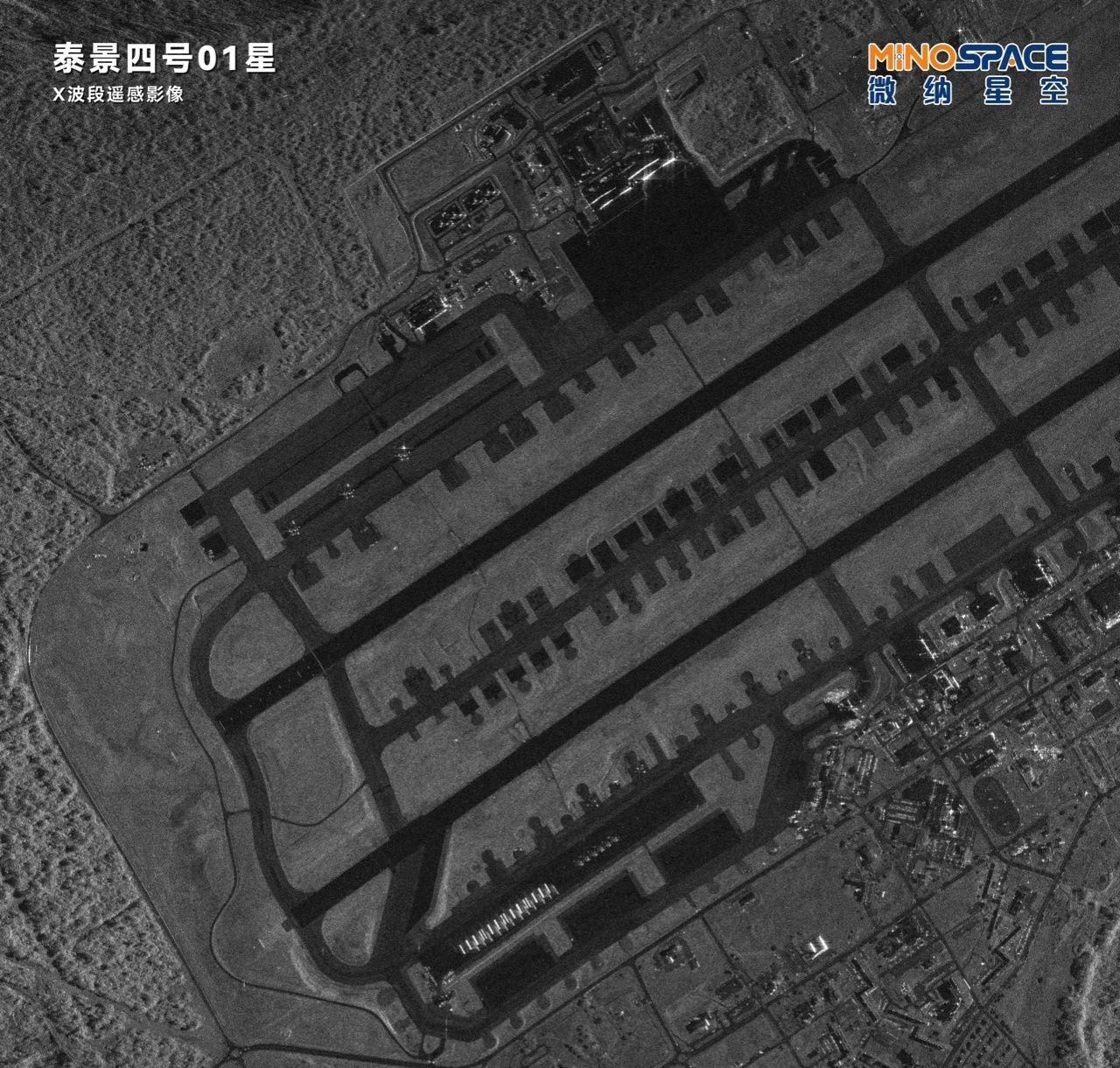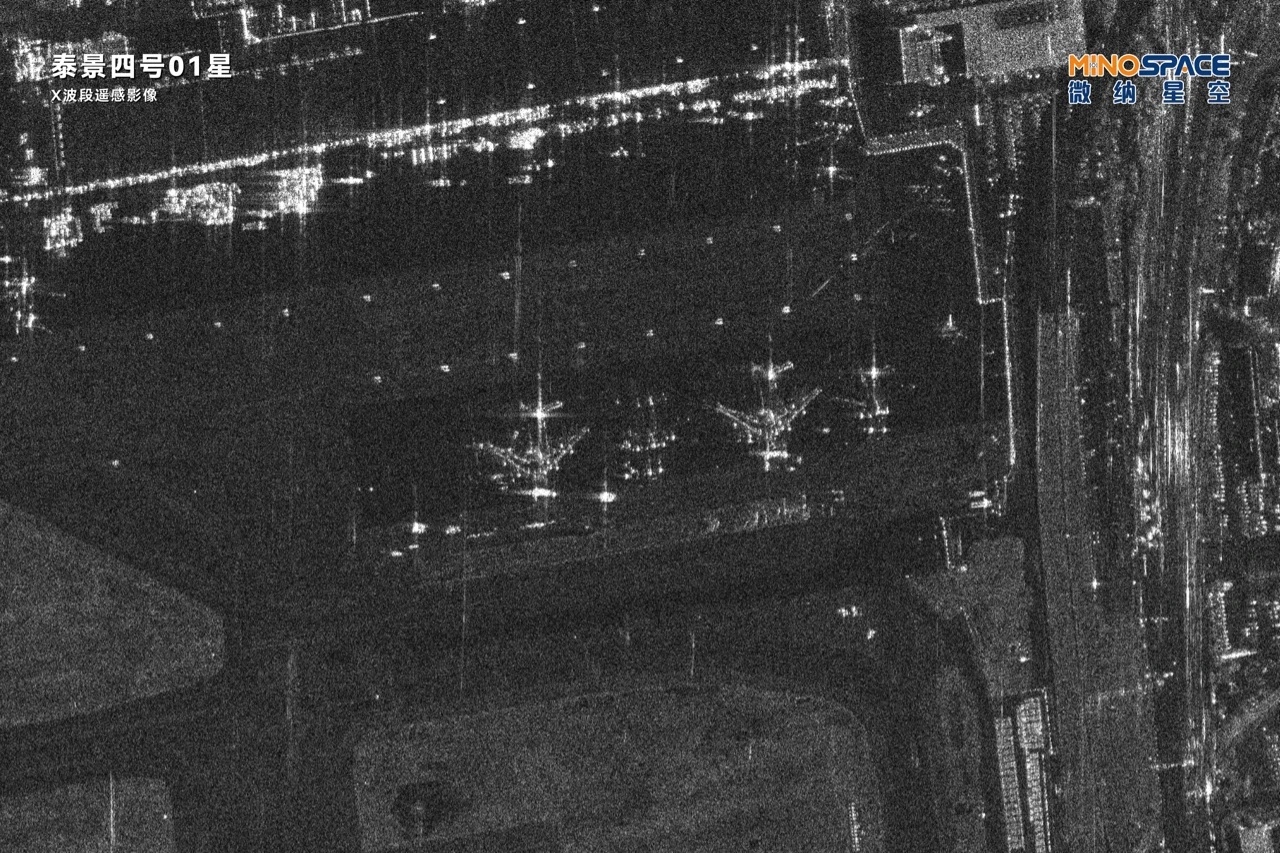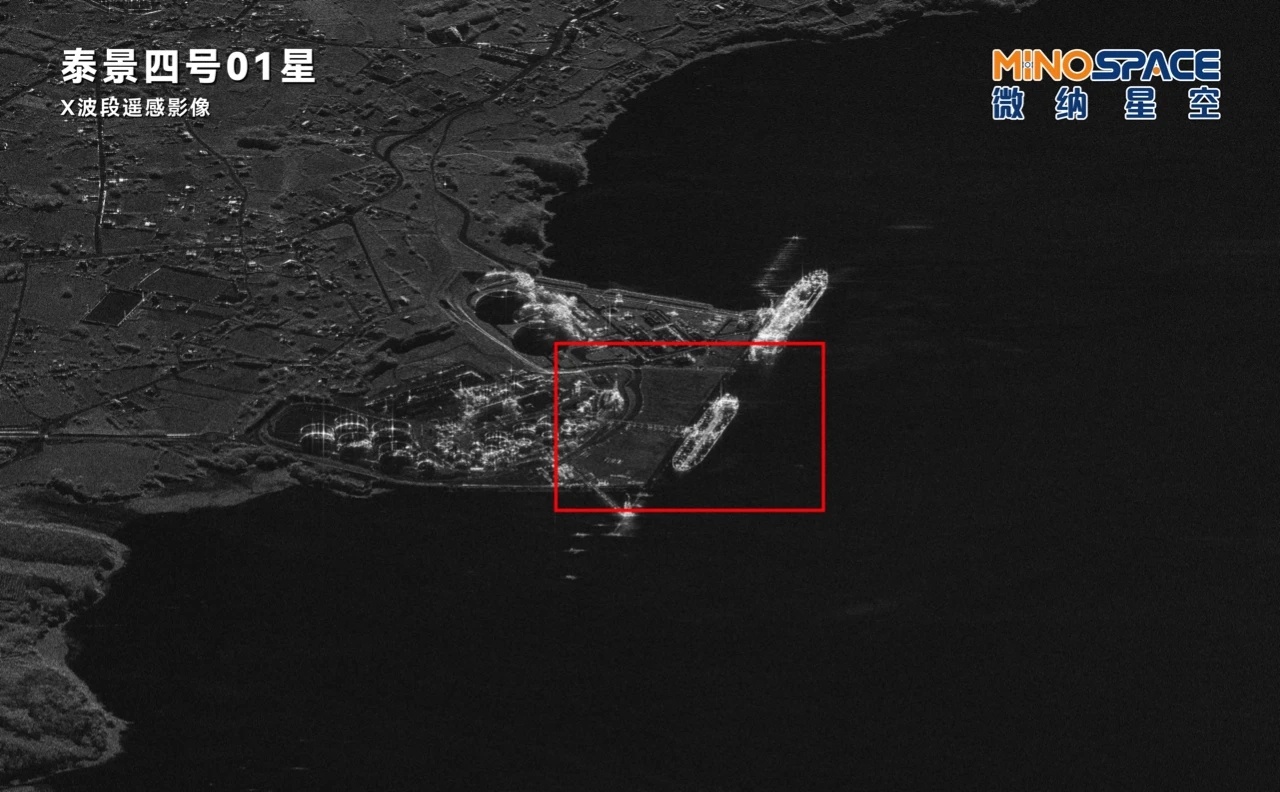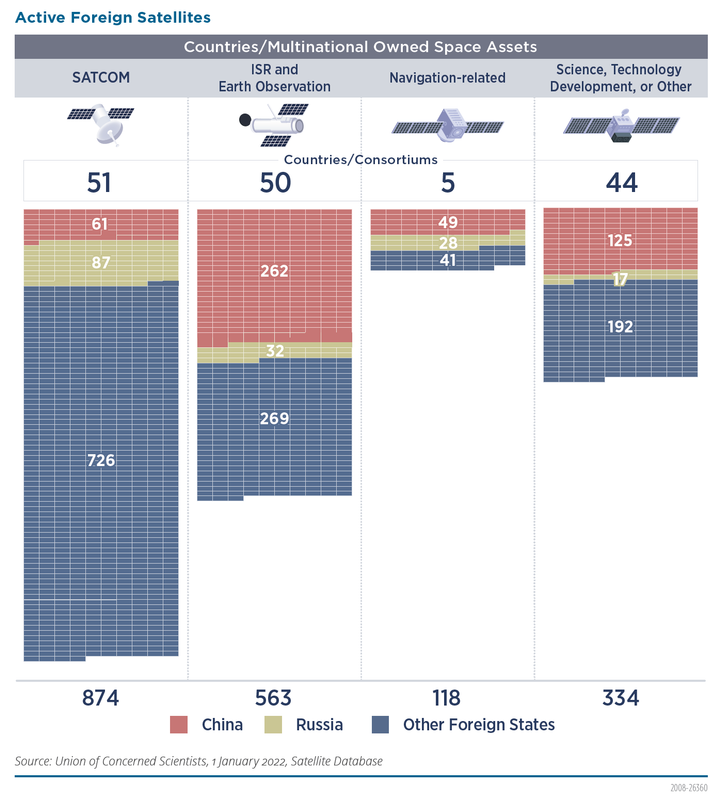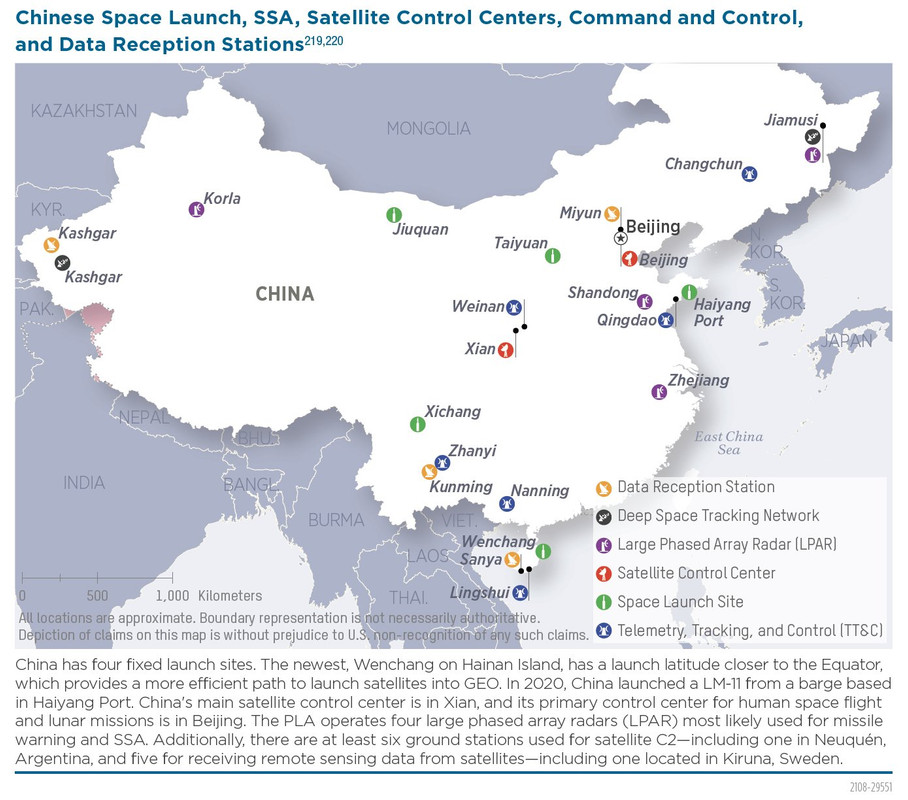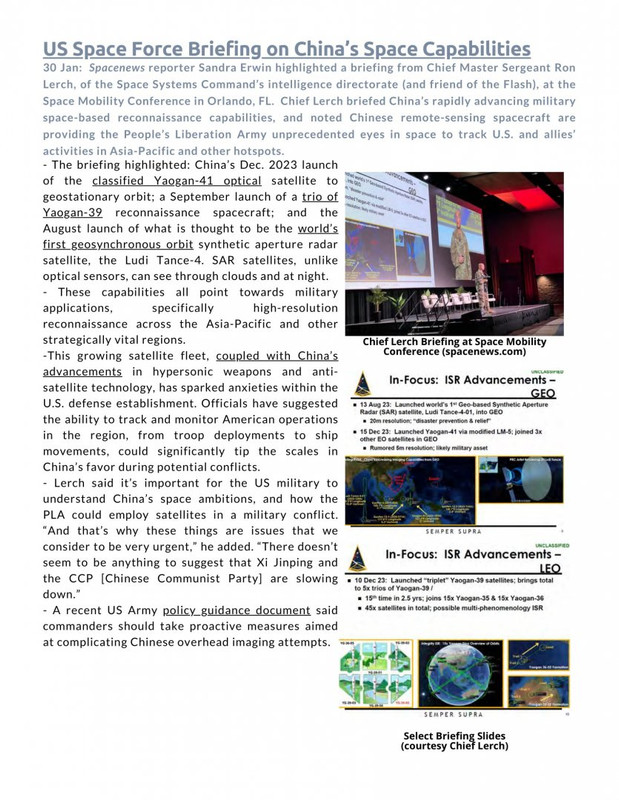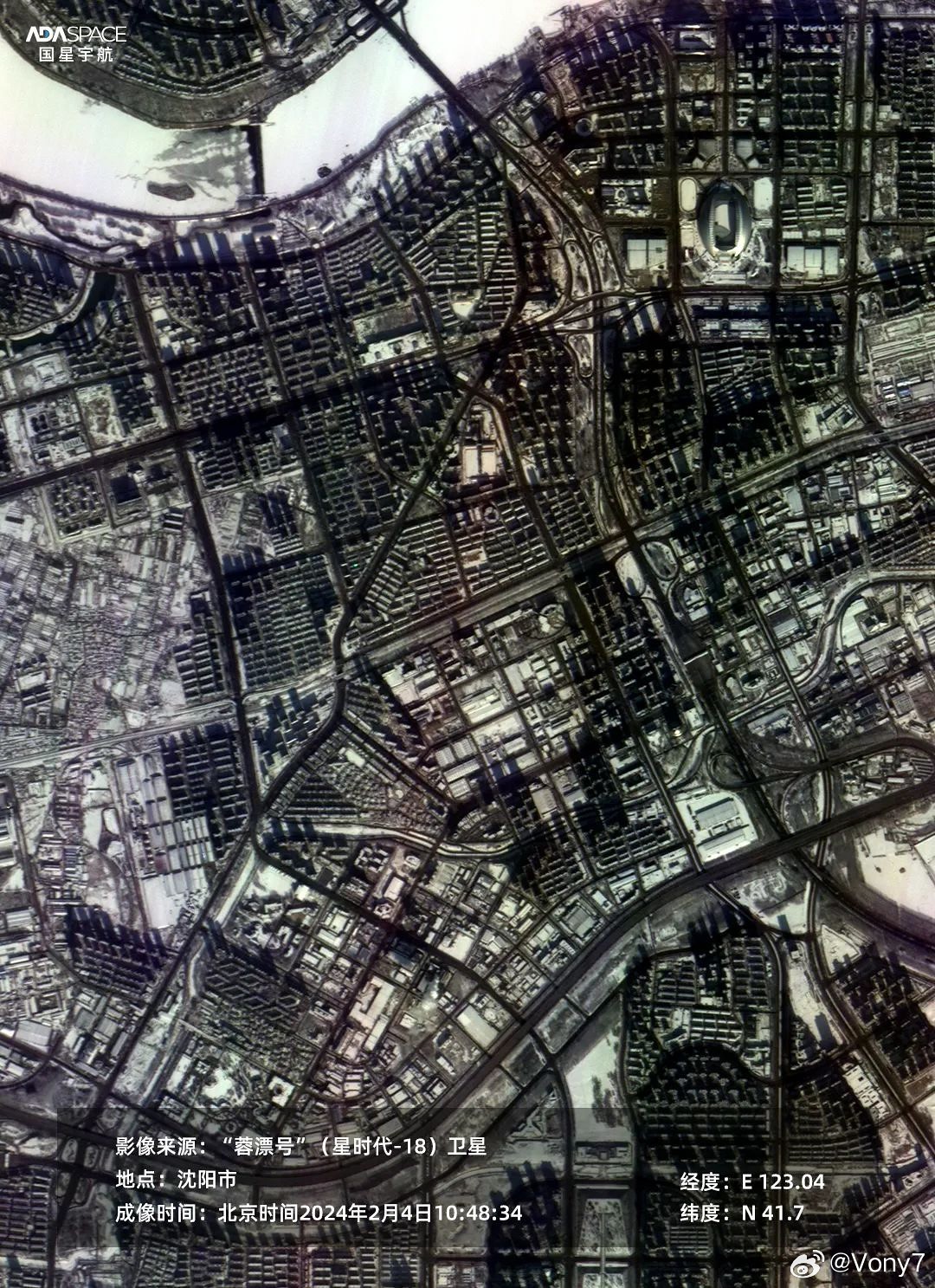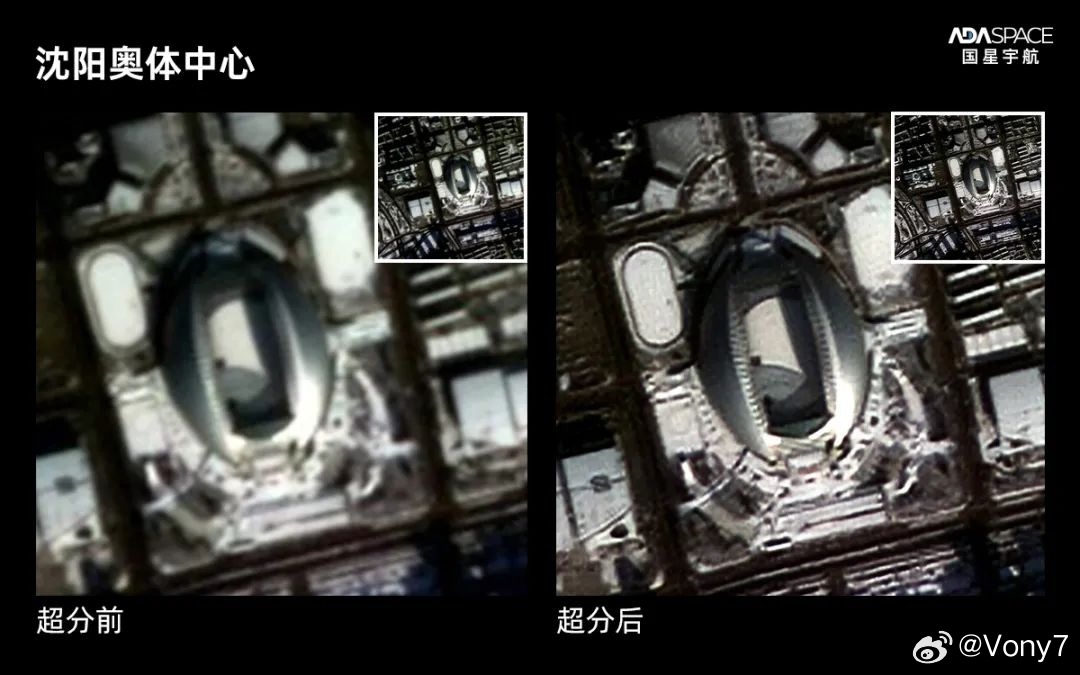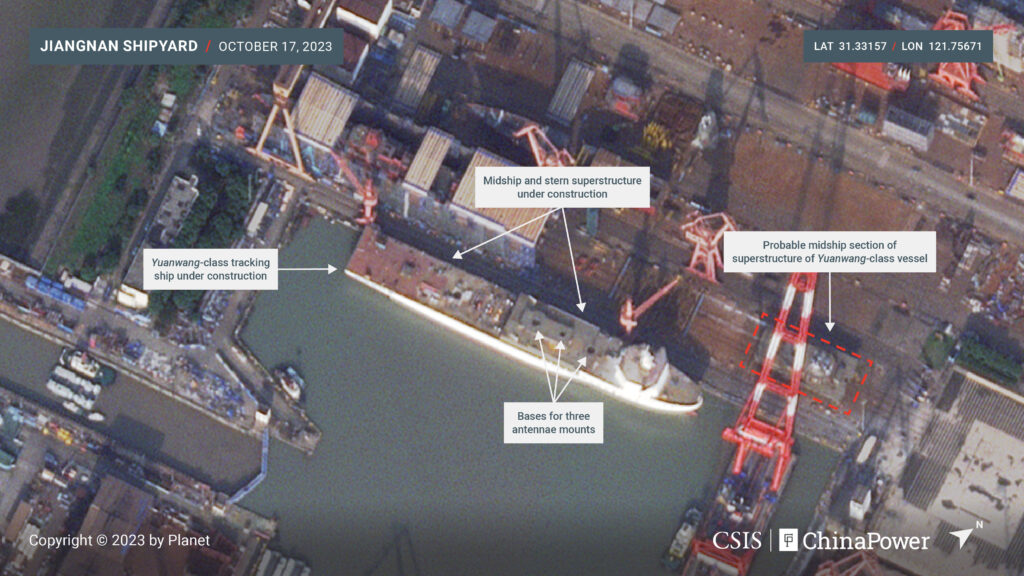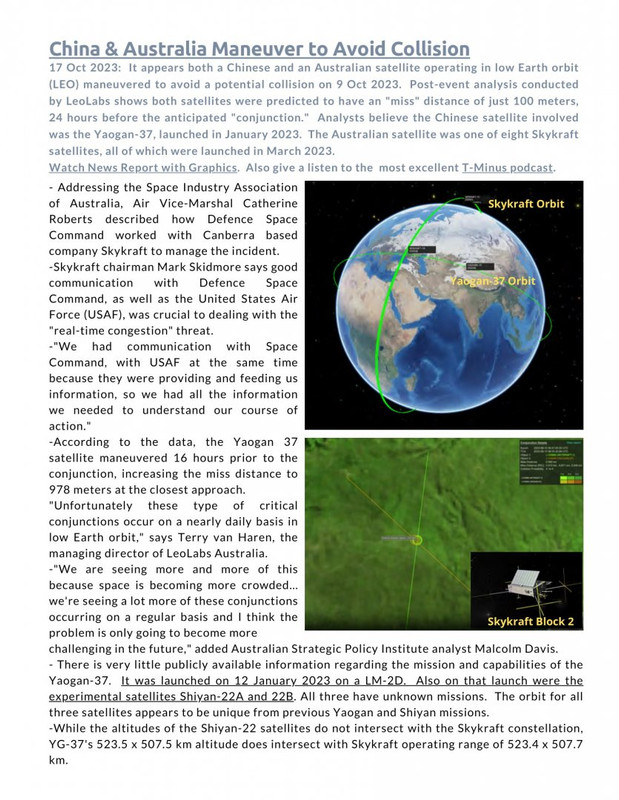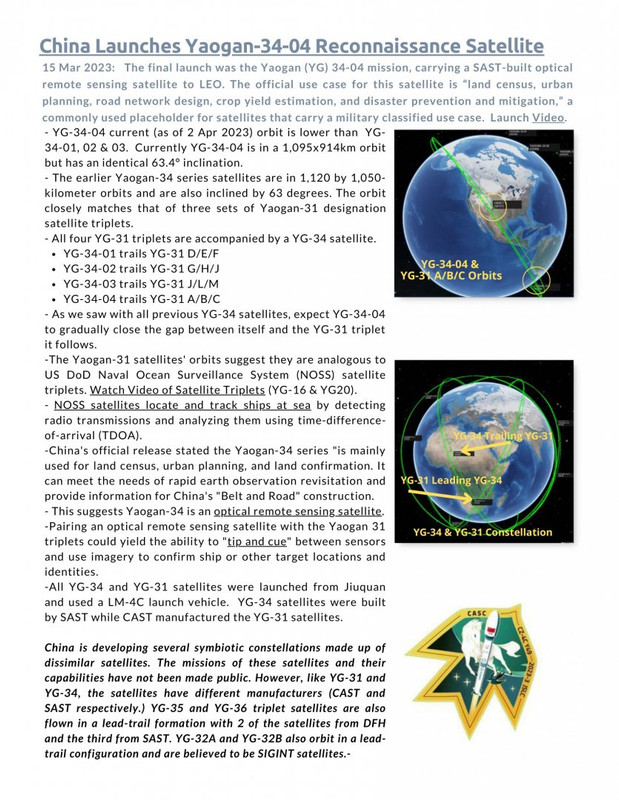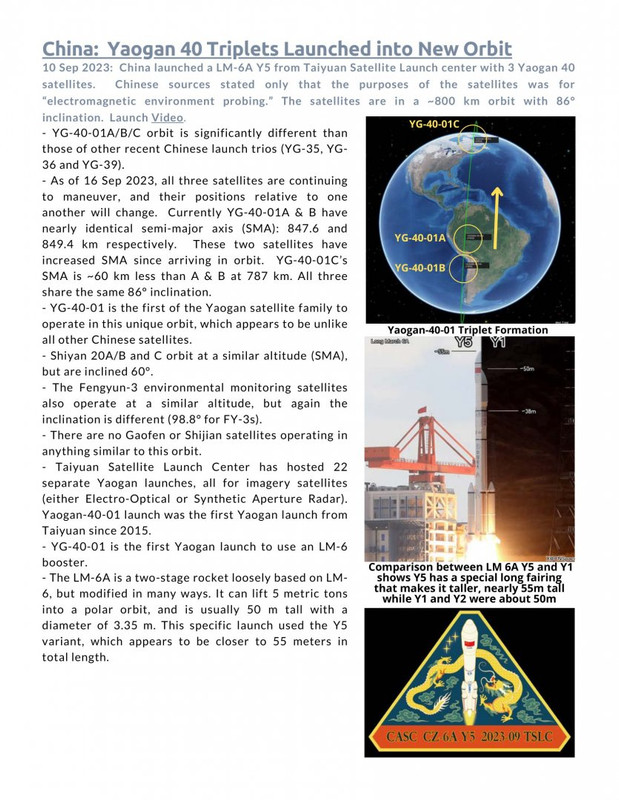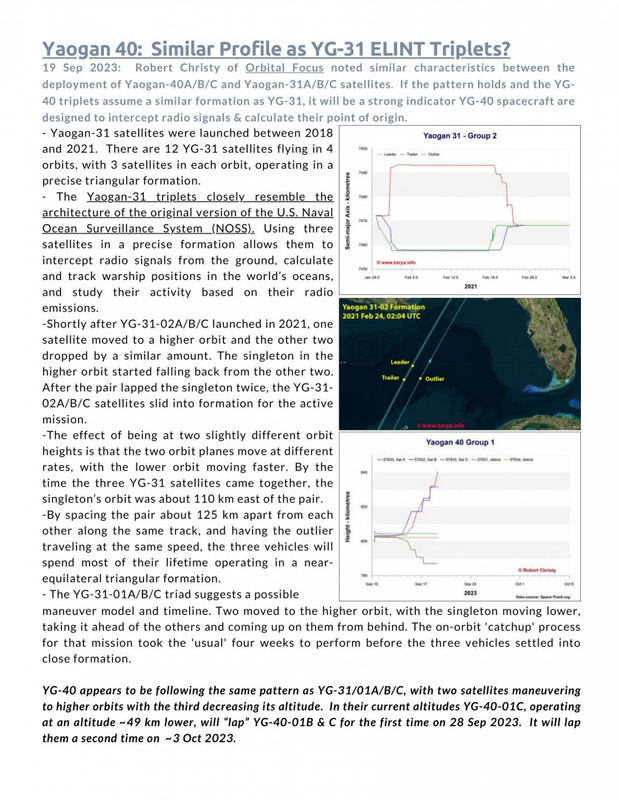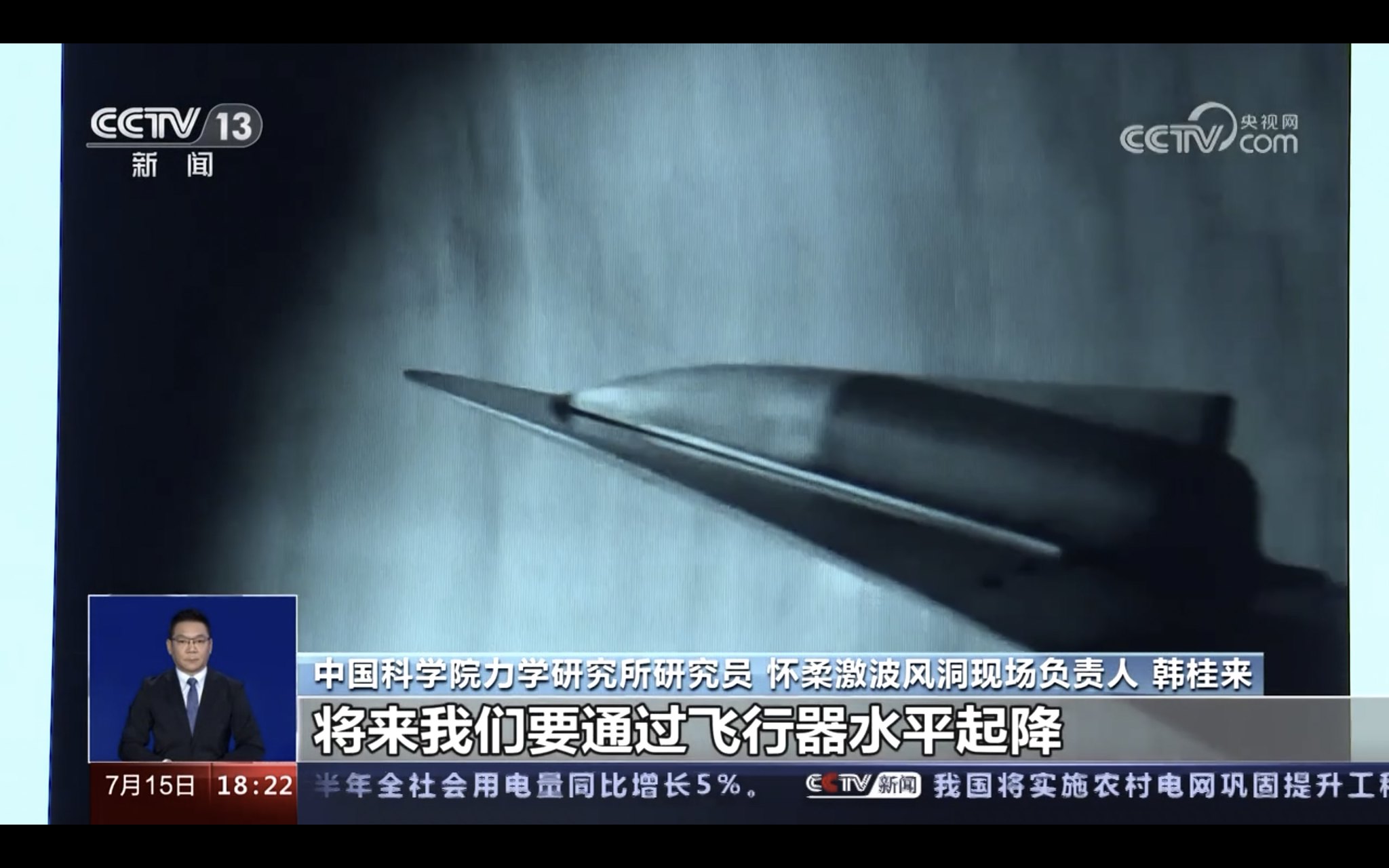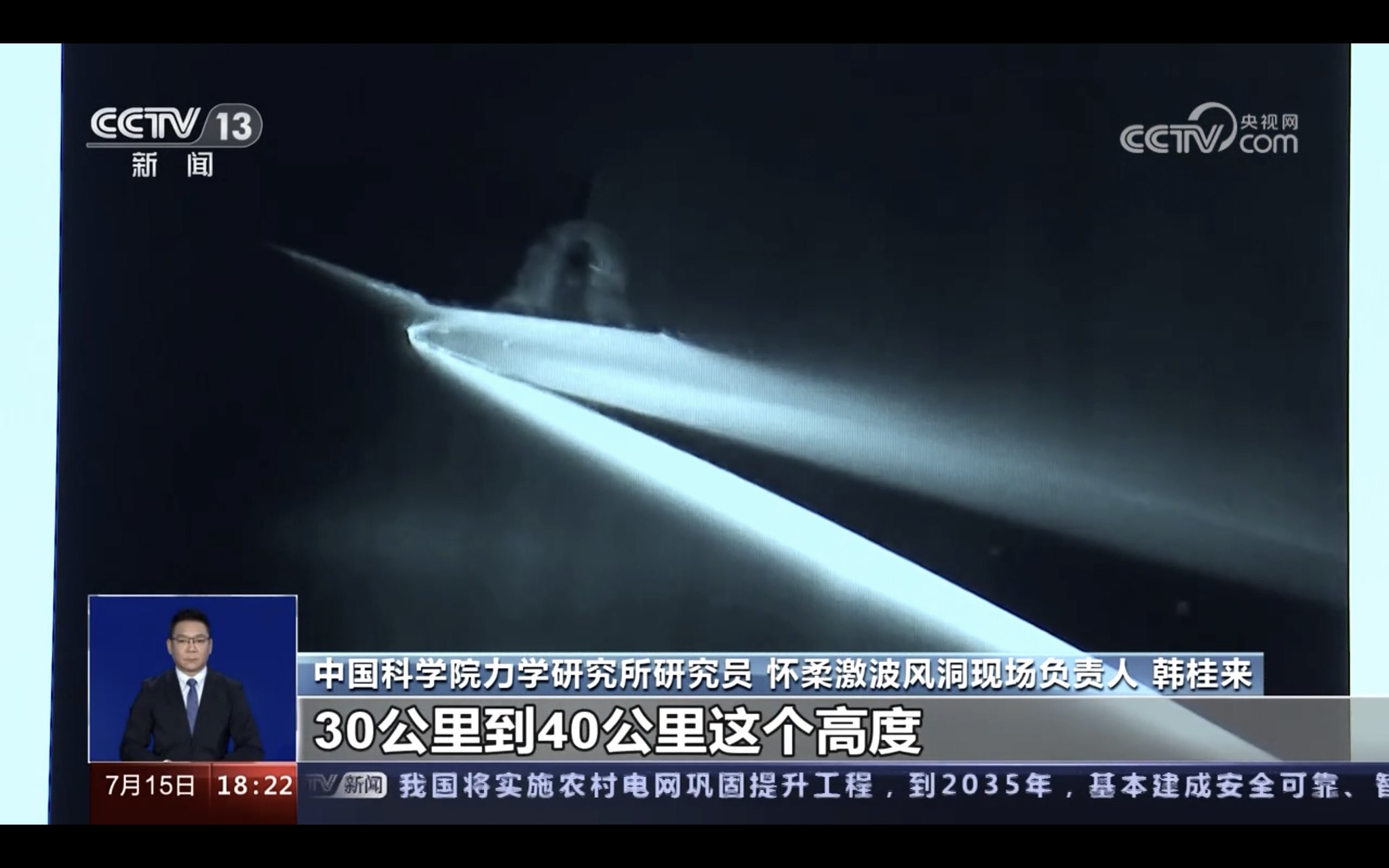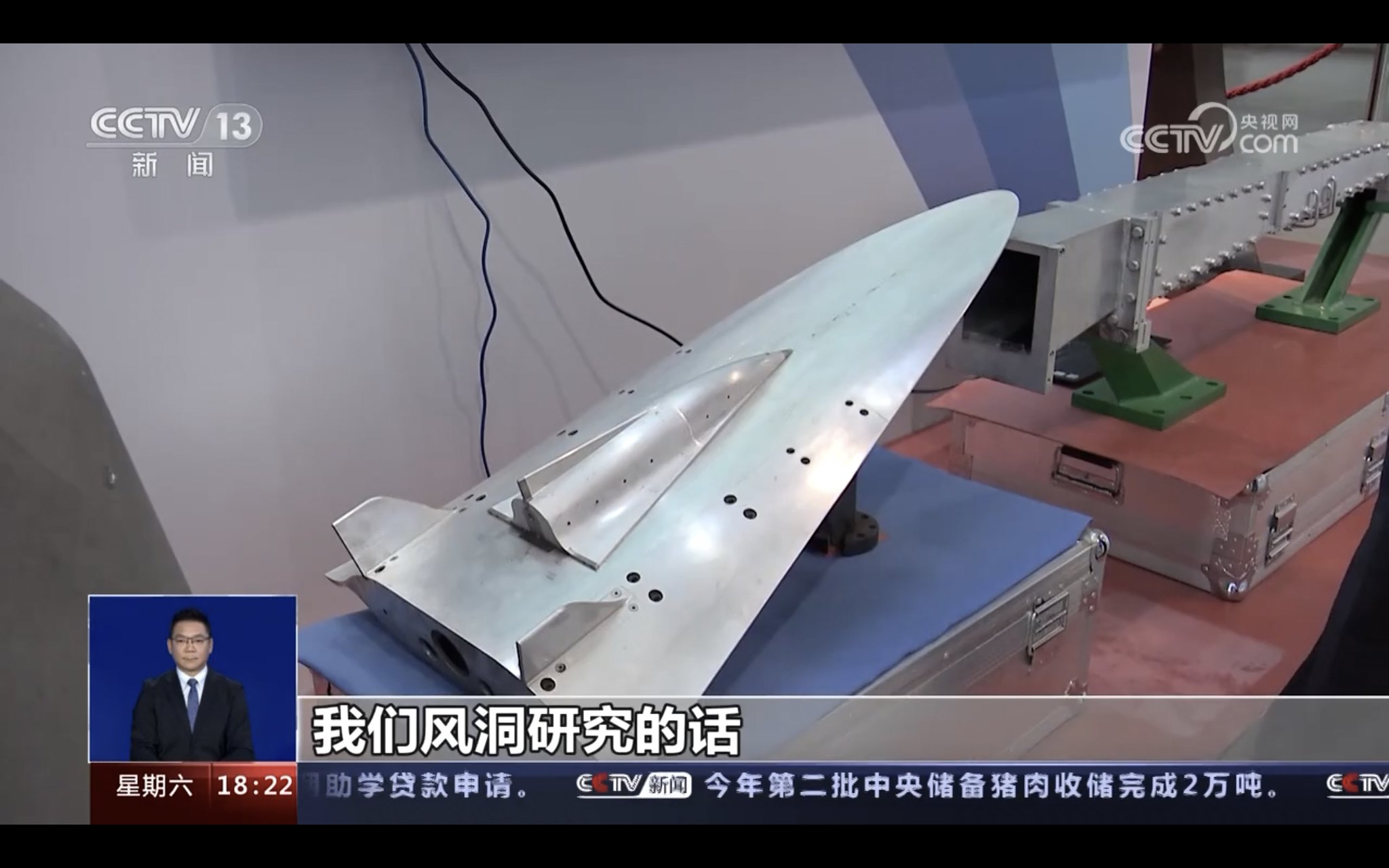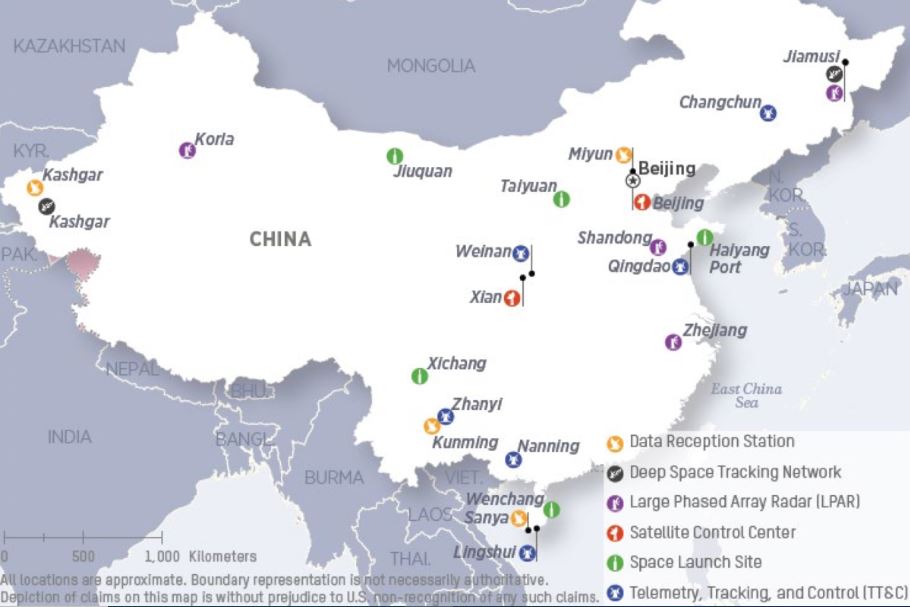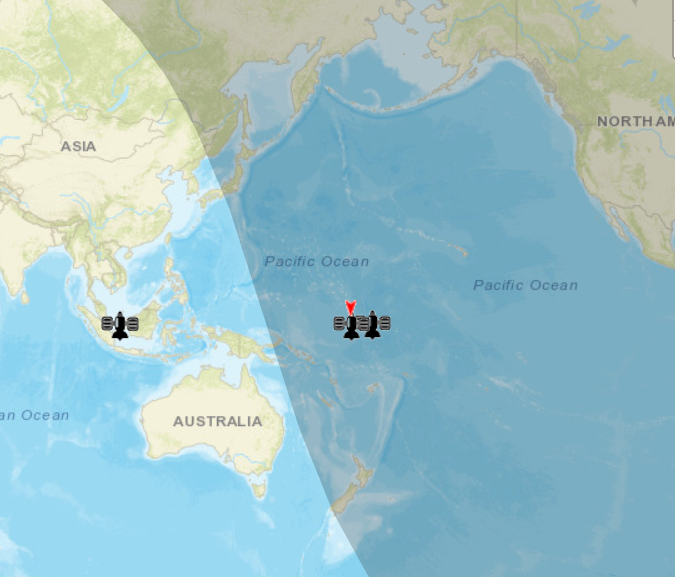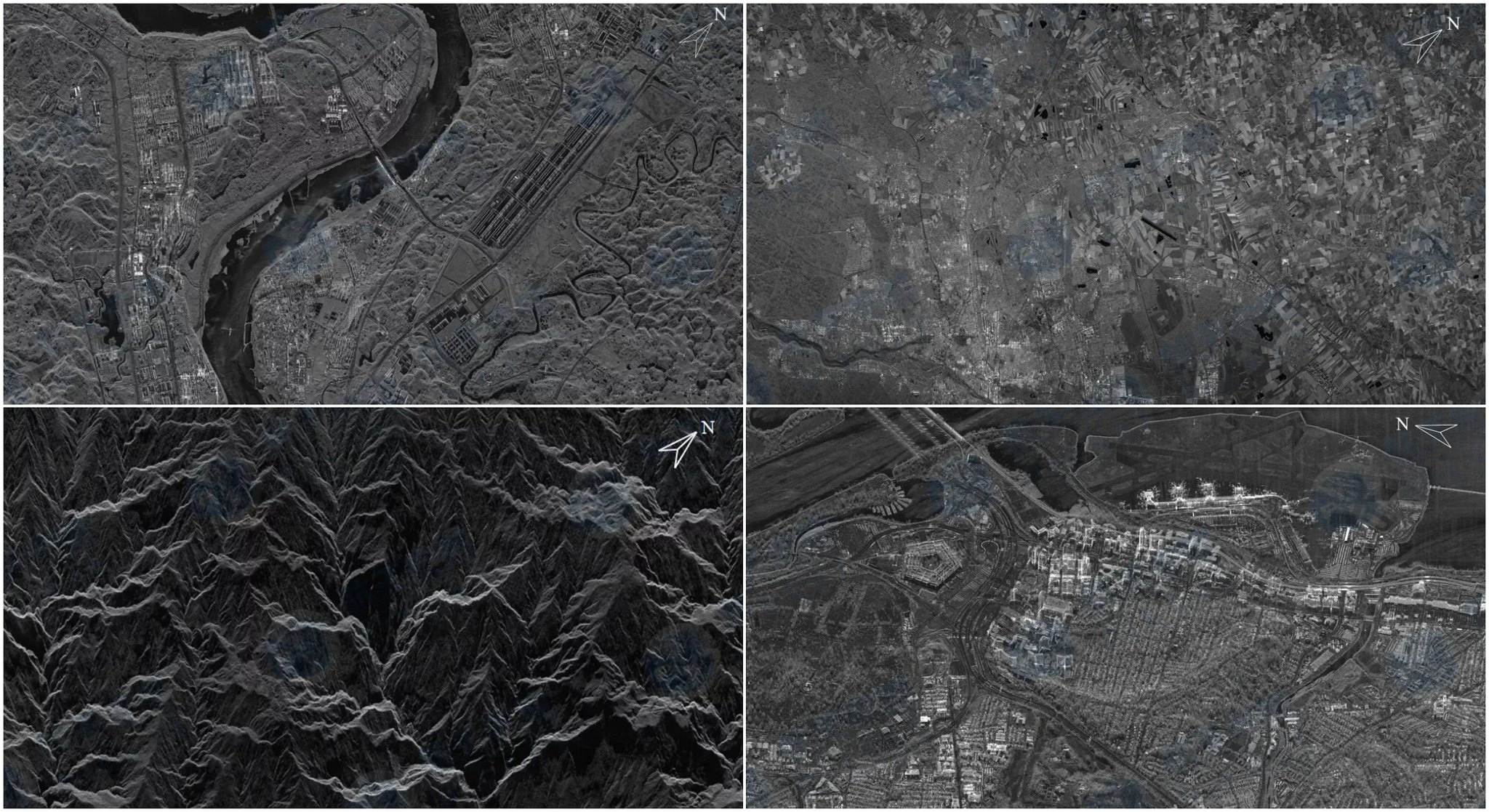Com a criação da Força Aeroespacial do PLA, resolvi criar esse tópico.Suetham escreveu: ↑Sáb Jun 15, 2024 1:47 pm
Nova estrutura do PLA
Quatro serviços armados das forças armadas:
Forças terrestres
Marinha
Força Aérea
Tropas de foguetes.
Quatro ramos distintos das forças armadas, os três primeiros dos quais foram criados como resultado da reforma do PLASSF:
Forças espaciais militares
Forças do ciberespaço
Forças de apoio à informação
Forças logísticas conjuntas
https://en.wikipedia.org/wiki/People%27 ... pace_Force
The People's Liberation Army Aerospace Force is an arm of the People's Liberation Army. It was established on 19 April 2024.[1] Chinese state media has also referred to it as the People's Liberation Army Space Force.[2]
History
The PLA Aerospace Force was established on 19 April 2024, severed from the simultaneously disestablished Strategic Support Force.[3][4] The PLAASF consolidates all the PLA's space-based C4ISR systems, as well as administering all the existing launch sites, and all other military satellites and space assets.
Organization
The PLAASF is headquartered in the Haidian District of Beijing.
Central staff sections include:
Staff department (参谋部)
Information and Communications Division (信息T处)
Political Work Department[5] (政治工作部)
Cadre Bureau[5](干部局)
Innovation Office[6](创作室)
Logistics Department[6](后勤部)
Engineering Construction Management Office 工程代建管理办公室(创作室)
Equipment Department (装备部)
Equipment Support Team[7](装备保障队)
Relay Satellite Control and Management Center (中继卫星控制管理中心)
Test Equipment and Materials Procurement Bureau (试验装备物资采购局)[8]
East China Office (华东办事处)[9]
Xichang Quality Supervision Station (西昌质量监督站)
Subordinate Units
Launch Centers
Jiuquan Satellite Launch Center (中国酒泉卫星发射中心), MUCD: unit 63600 (a.k.a. Dongfeng Base or Dongfeng Aerospace City). Located in Dongfeng Town in the Ejin Banner of the Alxa League of Inner Mongolia, Jiuqian was one of the first aerospace launch facilities ever constructed in China. It is the main base for testing and launching the Long March series of rockets, as well as other missiles, various test satellites meant for low and medium orbits, application satellites, and crewed spacecraft. The base is also responsible for the main spacecraft recovery location.
Taiyuan Satellite Launch Center (中国太原卫星发射中心): Stationed in Kelan County of Xinzhou City in Shanxi Province, the launch base was constructed in March 1967 under Project 3201 as a response to the breakdown of Sino-Soviet relations. The base was constructed deep in the mountains and deliberately misnamed as part of the Chinese strategy of "backing-up, concealment, and dispersion". The site mostly served as a nuclear missile site and as a detachment of Jiuqian until it was made an independent unit in January 1976. The launch center was opened to international commercial launches in the 1990s with its launch of two U.S. Iridium satellites into orbit.
Xichang Satellite Launch Center (西昌卫星发射中心) MUCD: Unit 63790. Headquartered on the Hangtian North Road of Xichang City in Sichuan Province. As of 2022 it also remotely controlled the Wenchang Aerospace Launch Site in Hainan Province.
Control Centers
Beijing Aerospace Flight Control Center (北京航天飞行控制中心): based in the Haidian district of Beijing, it is the main control center for China's space program, including the crewed Shenzhou missions. The BACC conducts launch monitoring, tracking and measurement, as well as launch recovery. It includes the China offices of SINOSAT and Inmarsat.The complex including the BACC is often called "Aerospace City" (航天城)
China Maritime Satellite Telemetry and Control Department (中国卫星海上测控部), MUCD Unit 63680: Stationed at Jiangyin City in Jiangsu Province, the base was established in 1978 as the headquarter and home port for the Yuan Wang-class tracking ships, which are used to track rocket and missile launches, in particular the testing of the Dongfeng series ballistic missiles and Long March rockets.
Xi'an Satellite Telemetry and Control Center (中国西安卫星测控中心), MUCD: Unit 63750. Stationed at No. 28 Xianning East Road in Xi’an City of Shaanxi Province, the base was established in September 1975 as a missile measurement and tracking base and is now the operations and control center for China Energyne and the backup control center of BACC.
Beijing Institute of Tracking and Telemetry Technology (北京跟踪与通信技术研究所)[10] aka BITTT: located at the Beijing Space City, it focuses on satellite communication and navigation research.
Testing, Development, and Training Centers
Malan Nuclear Test Base (中国马兰核试验基地), MUCD: Unit 63650. Located at the western ends of Lop Nur and Nairenkeer Townships of Heshuo County in the Bayingolin Mongol Autonomous Prefecture of the Xinjiang Uyghur Autonomous Region, Base 21 served as the main nuclear launch and test site of the Chinese nuclear program. The Base has not conducted nuclear weapons testing since 1996.
Luoyang Electronic Equipment Test Center (中国洛阳电子装备试验中心), MUCD: unit 63880. Located at Luoyang in the Henan Province, Base 33 serves as the metrology and instrument measurement center of the PLAASF. It also conducts astronomical mapping and surveying. This base used to be one of the most restricted bases in China and was off limits to foreigners until the 1980s.
China Aerodynamics Research and Development Center (中国空气动力研究与发展中心) (CARDC). located in Mianyang City, Sichuan, it is the largest aerodynamic research center in China, specialized in hypersonic missile research.
Astronaut Center of China (中国航天员科研训练中心) aka ACC: located at the Beijing Aerospace City, it is the main training and research center for the Chinese space program's astronauts.
Astronaut Corps (中国人民解放军航天员大队): headquartered at Beijing Aerospace City, it is a directly subordinated military unit of the Aerospace Force. As of 2018 it had selected and trained 42 astronauts, and was in the process of training a third batch, which will include civilians.
Aerospace Research and Development Center (航天研发中心):[10]
Project Design Research Center (工程设计研究所)[10]
People's Liberation Army Strategic Support Force's Aerospace Engineering University (中国人民解放军战略支援部队航天工程大学): not clear what the new name will be after the April 2024 reform.
Equipment
The PLAASF controls all of China's military satellites, as a well as the BeiDou satellite navigation system.[11] This space force is estimated by the Military Balance 2024[12] to be around 245 satellites, plus perhaps some dual-use civilian satellites.
As is common in all countries with significant space forces, exact data on China's military satellites' functions is hard to come by. The generic "Yaogan" name is used for military satellites, and only sometimes is the actual military designation released (like the "Jianbing" series). Often, launches are disguised and receive civilian designators, at least for a period.
In counter-sat functions, while as of 2024 the PLAASF does control three possible ASAT satellites, it is unlikely it has command of the SC-19 anti-satellite missiles under the PLARF control.





